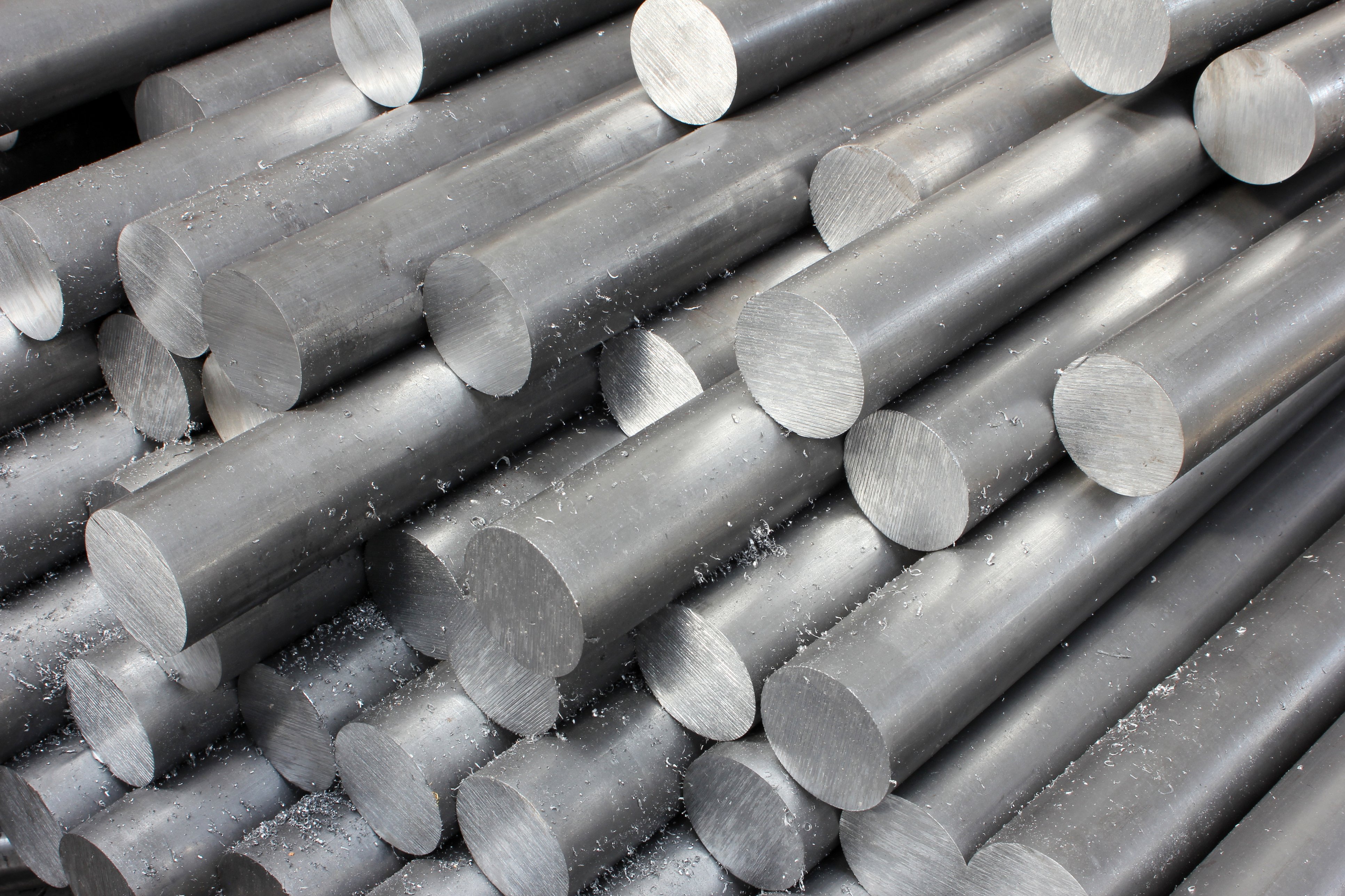The EU Carbon Border Adjustment Mechanism (CBAM) will move from design to implementation in October. In the first phase, from 1 October until end-2025, businesses covered by CBAM will need to comply with emissions-related reporting requirements or, otherwise, face fines. From 2026 onwards, they will have to purchase and surrender CBAM certificates based on reported emissions. This might just be a taste of things to come elsewhere too as countries around the world are contemplating their options on how to protect domestic industries from being undercut by competitors in jurisdictions with lower climate-related production costs. Over time, like-minded countries will likely establish a ‘climate club’ in which members would adhere to agreed environmental standards in return for recognising each other’s domestic policy regimes. Businesses in the commodities industry will need to stay on top of these policy developments which are reshaping international trade and their industries.
This Insight forms Part 1 of a four-part series on the EU Carbon Border Adjustment Mechanism (CBAM) and related policy efforts globally.
Part 1 covers the rationale behind the EU CBAM and similar policy initiatives elsewhere. It suggests that parallel policy developments might result in climate clubs.
Part 2 called “Launch of CBAM requires businesses to act now” covers the first phase of CBAM which will start in October 2023 and will end in late-2025. It focuses on the immediate implications for the importers of goods and selected precursors covered by CBAM into the EU, and sets out the actions that will need to be taken urgently.
Part 3 called “CBAM: A taste of things to come globally?” provides further details on on-going carbon leakage efforts globally, in particular in the USA, and what these might mean for commodity producers and traders.
Part 4 discusses the permanent phase of CBAM which will commence in 2026 and what affected businesses can do now to prepare for this permanent phase.
EU CBAM – what is it and why is it needed?
The EU revised Emissions Trading Scheme (ETS) and Carbon Border Adjustment Mechanism (CBAM) were enshrined in law on 16 May. This marks the end of a two-year legislative process, which started with the European Commission’s proposed ‘Fit for 55 package’ in July 2021.
The revised ETS covers new sectors, reduces the overall number of allowances coming to market (lowering the ‘cap’), sets more ambitious emission reduction targets and gradually phases out free allowances currently still being offered to businesses in certain sectors. The overarching objective is to raise the headline and effective carbon price for more businesses in order to reduce carbon emissions.
CBAM complements the reformed ETS by addressing potential carbon leakage, or in other words, the transfer of production from a jurisdiction with high emission constraints and prices to a jurisdiction with laxer constraints and lower prices. This transfer could lead to an increase in overall emissions and would undermine the competitiveness of businesses operating in the jurisdiction with higher environmental standards and emission prices. The risk of carbon leakage is particularly high in energy-intensive industries.
With CBAM, the EU aims to create a level playing field for domestic and foreign producers by charging a carbon tax on imported goods based on the price of EU ETS allowances. CBAM will initially apply to the imports of cement, iron and steel, aluminium, fertilisers, electricity and hydrogen – the goods and selected precursors deemed at most significant risk of carbon leakage.
Between October 2023 and December 2025, CBAM will apply only as a reporting obligation. The European Commission (EC) published the final set of reporting obligations on 17 August for this first phase of CBAM. In Part 2 of this series, we will explore in more detail what importers of goods and precursors such as chemical raw materials (n.b. the EC refers to these importers as ‘authorised reporting declarants’), covered by CBAM will have to do now to comply with the obligations, which will enter into force on 1 October. Doing nothing is not an option – the EC has made clear that it intends to fine businesses for non-compliance.
The permanent phase of CBAM will start at the beginning of 2026. From then on, authorised reporting declarants will have to purchase and surrender CBAM certificates to pay for the emissions embedded in the goods and precursors they import into the EU. Free allowances for the above-mentioned sectors (and a limited number of downstream products) will also be gradually withdrawn between 2026 and 2034 – in parallel CBAM will be phased in.
With CBAM established, governments globally are considering their options
CBAM is a very ambitious project, but it seems that the EU has been able to demonstrate “proof of concept”. Within a relatively short period of time, a number of governments including the UK, Turkey and Australia have launched policy initiatives that can be either directly or indirectly linked to the EU CBAM.
Over recent years, US policymakers have also explored their options, an undertaking made more difficult by the fact that there is no bipartisan political consensus on a domestic carbon tax itself. The proposed PROVE IT act (Providing Reliable, Objective, Verifiable Emissions Intensity and Transparency Act), which was presented in early June, could provide new momentum. By requiring reporting and collection of data on emissions intensity, the bill could provide the foundation for a future US carbon border tax based on relative emission intensities. In Part 3 of this series, we will look at these global policy developments in more detail.
Carbon clubs next?
We expect that the emergence of new and more elaborate carbon pricing schemes and increased interest in carbon border taxes will eventually lead to the establishment of carbon clubs, potentially even a global Climate Club – a body advocated by the G7 countries for example. Members would adhere to agreed standards – for example on minimum carbon pricing or maximum emission intensities – and in return would recognise each other’s domestic policy measures. International cooperation of this type would have many advantages over competing national strategies. A key challenge would be to establish the equivalence between certain policies, such as carbon pricing and regulation, to create a level playing field for club members.
For businesses, CBAM likely provides a foretaste of things to come globally
Businesses covered by CBAM will need to comply with emissions-related reporting requirements by January 2024. Acknowledging the complexity of the task, businesses will initially enjoy some flexibility with respect to their reporting but over the coming two years reporting requirements will gradually be tightened.
We expect that this will give a taste of what is to come in other countries as well, whatever the precise country-specific policy developments might be.
To prepare for this, businesses in the commodity industries would be well advised to start quantifying the direct and indirect emissions embedded in the goods they trade across the entire value chain.
If you would like to find out more about:
- What you will need to do to meet the CBAM reporting requirements coming into force on 1 October 2023;
- What other countries and regions are doing in terms of carbon pricing and international trade;
- or how the permanent launch of CBAM in January 2026 will look…
…if you need help navigating this transition, please talk to us about the CRU Sustainability and Emissions Service. You can also access future insights into CBAM and other related special reports.
















